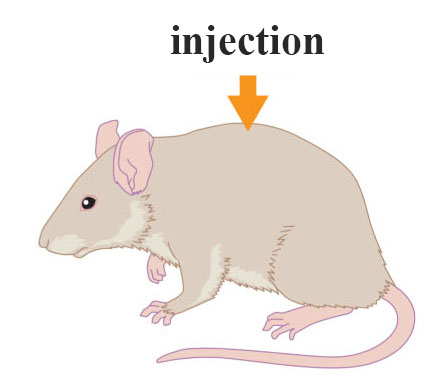When four polypeptides are joined together by covalent bonds, they form a new, biologically active molecule that displays ____________ structure.
A. primary
B. secondary
C. tertiary
D. quaternary
D. quaternary
You might also like to view...
Compare and contrast the blending and particulate models of heredity
What will be an ideal response?
In plant roots, the Casparian strip is correctly described by which of the following?
a) It ensures that all minerals are absorbed from the soil in equal amounts. b) It provides energy for the active transport of minerals into the stele from the cortex. c) It provides increased surface area for the absorption of mineral nutrients. d) It ensures that all water and dissolved substances must pass through a cell membrane before entering the stele. e) It is located in the walls between endodermal cells and cortex cells.
The ideal Christmas tree has a conical shape. The top of the tree is pointed and narrow, with clear apical dominance, and the bottom of the tree is wide, with extensive lateral branching
Certain evergreen species are suitable for use as Christmas trees because they have this shape normally and thus require little pruning or training as they grow. For example, spruces and firs are often grown as Christmas trees, whereas yews and longleaf pines are not. Based on this information, spruces and firs are likely to have A) high levels of auxins near the top and low levels of cytokinins at the bottom of the tree. B) high levels of auxins near the top and high levels of cytokinins at the bottom of the tree. C) low levels of auxins near the top and high levels of cytokinins at the bottom of the tree. D) low levels of auxins near the top and low levels of cytokinins at the bottom of the tree.

A. the mouse will live B. the mouse will became fatally ill and live S strain bacteria will be detected in its blood C. the mouse's blood will contain live pathogenic R strain bacteria D. the dead S strain bacteria will transform to live R strain bacteria E. DNA from the live R strain bacteria will revive the dead S strain bacteria